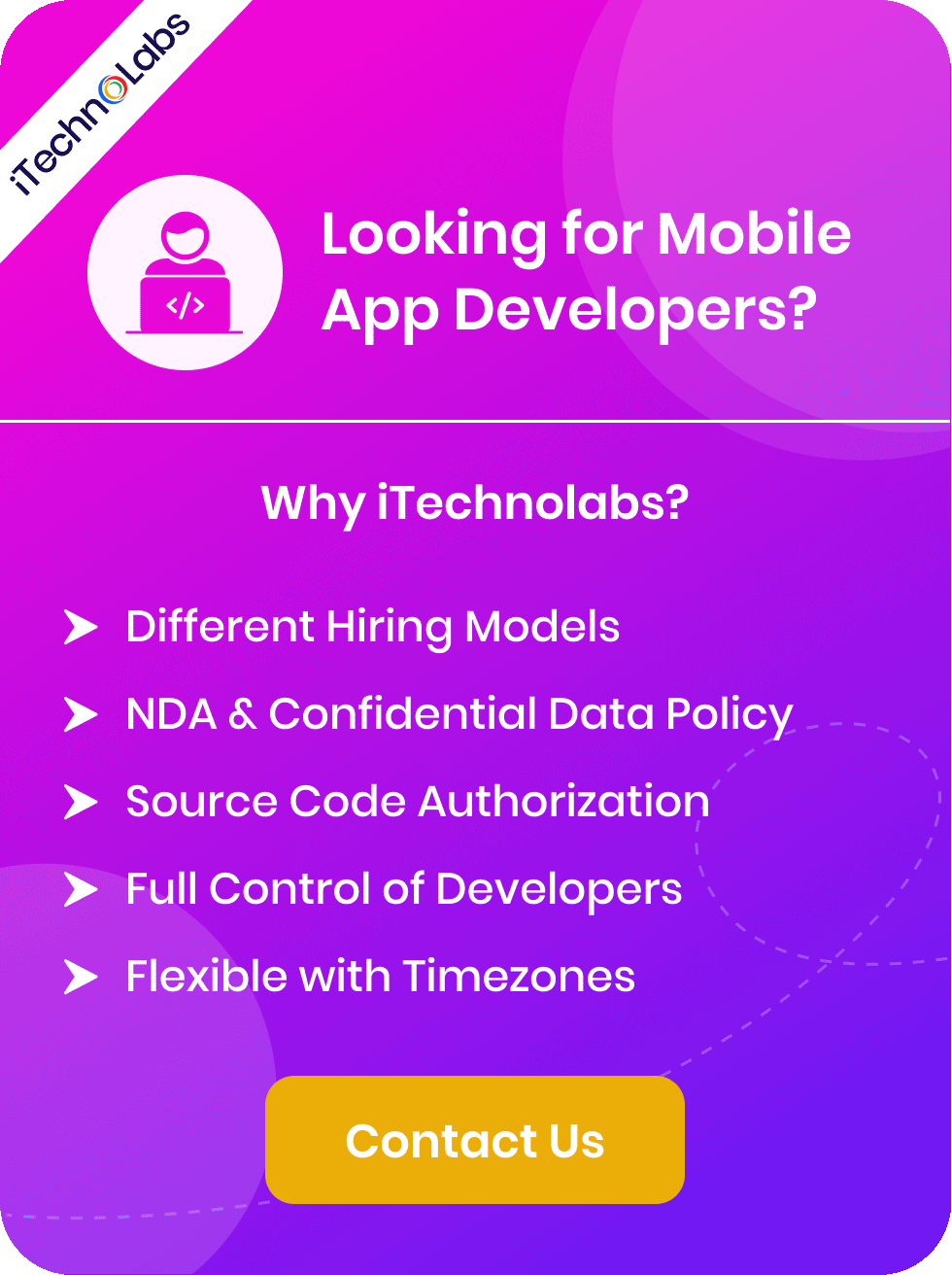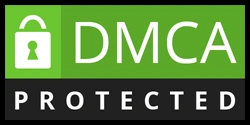Marketing Technology, also known as MarTech, refers to the tools and technologies used by businesses and marketers to help them achieve their marketing goals. It encompasses a wide range of software and platforms that can assist in various aspects of marketing, such as data management, content creation, social media management, ad placement, customer relationship management (CRM), and more. These tools are designed to improve efficiency, streamline processes, and provide valuable insights that can drive better decision-making.
In today’s digital age, where consumer behavior is constantly evolving and becoming more complex, it has become essential for businesses to utilize technology in their marketing efforts. This allows them to stay competitive and effectively reach their target audience. With the vast amount of data generated by digital interactions, MarTech tools can help marketers analyze and interpret this data to understand consumer preferences and trends better, leading to more personalized and targeted marketing strategies.
Moreover, MarTech can significantly enhance the customer experience by enabling more consistent and cohesive communication across various channels. From automating email campaigns to leveraging artificial intelligence for predictive analytics, the possibilities are extensive. By integrating these tools into their marketing strategies, businesses can not only improve their operational efficiency but also achieve higher engagement and conversion rates. Therefore, the adoption of MarTech is not just a trend but a necessity for any business aiming to thrive in the modern marketplace.
What is MarTech?
MarTech, short for marketing technology, is a combination of marketing and technology. It refers to the tools, software, and platforms used by businesses to support their marketing efforts. MarTech can include anything from basic email marketing and social media management tools to more advanced systems like customer data platforms (CDPs) and artificial intelligence-powered analytics. These technologies enable marketers to automate routine tasks, analyze large sets of data, and gain insights that inform more effective marketing strategies.
The goal of MarTech is to help businesses better understand their target audience, reach them efficiently, and engage with them effectively through various channels such as email, social media, websites, and mobile apps. By utilizing these technologies, marketers can create personalized experiences that resonate with consumers and drive conversions. For instance, a company might use MarTech to segment its audience based on behavior or preferences, allowing for highly targeted campaigns that yield higher engagement rates.
Moreover, MarTech tools often provide real-time analytics and reporting features, making it easier for businesses to track campaign performance and make data-driven decisions. This continuous feedback loop helps in optimizing marketing strategies and improving ROI. As technology continues to evolve, the scope and capabilities of MarTech are expanding, offering even more innovative ways for businesses to connect with their customers and stay ahead in the competitive landscape.
Also Read: How Does Page Speed Affect Your Conversions
What is the difference between MarTech and AdTech?
While MarTech and AdTech often overlap in terms of the technologies used, they have distinct purposes and focus areas. MarTech primarily focuses on supporting marketing efforts throughout the entire customer journey, from awareness to conversion and retention. On the other hand, AdTech is more specifically geared towards advertising and promotional activities.
AdTech tools are often used for targeted ads, retargeting campaigns, and ad placement optimization. These tools help businesses reach potential customers through paid channels such as search engines, social media platforms, and display networks. In contrast, MarTech enables marketers to build relationships with customers through various touchpoints beyond just advertisements.
Another key difference between MarTech and AdTech is their approach to data management. While both use data-driven insights to inform strategies, MarTech emphasizes using first-party data collected directly from customers through interactions and engagements. AdTech, on the other hand, relies more on third-party data sources to target and optimize ads.
Why is MarTech important?
MarTech is essential because it allows businesses to effectively reach and engage with their target audience. With the vast amount of data available today, MarTech tools help marketers make sense of this information and use it to personalize and enhance customer experiences. By utilizing MarTech, businesses can tailor their marketing efforts to specific segments of customers and create more relevant and effective campaigns.
Moreover, MarTech also enables businesses to track the success of their marketing initiatives in real-time. This allows for quick adjustments and optimizations based on performance data, leading to a more efficient use of resources and better ROI.
Types of MarTech tools
There are various types of MarTech tools available, each with its own unique features and capabilities. Some common examples include:
Management and automation tools
These include software platforms that help marketers manage their campaigns, content, and data in a centralized location. Examples of management and automation tools include customer relationship management (CRM) systems, content management systems (CMS), and marketing automation platforms.
Social optimization tools
As the name suggests, these tools help businesses optimize their social media presence by providing data-driven insights and automating certain tasks. Social optimization tools are essential for any business looking to enhance its online visibility and engagement. Some features of these tools include scheduling posts, which allows businesses to plan their content in advance and ensure consistent activity on their social platforms. Additionally, these tools analyze engagement metrics, offering valuable insights into what type of content resonates most with the audience. Monitoring brand mentions is another critical feature, as it helps businesses stay informed about their reputation and respond promptly to customer feedback. By leveraging these capabilities, companies can streamline their social media efforts and achieve better results.
Campaign reach and targeting tools
These tools enable marketers to reach their target audience with precision. They use data-driven insights to identify the most relevant prospects, making it easier for businesses to tailor their marketing strategies and increase conversions. Some examples of campaign reach and targeting tools include ad retargeting platforms, which display ads to people who have previously visited a company’s website or engaged with its content. Other popular tools in this category include programmatic advertising platforms, social media advertising tools, and search engine marketing (SEM) software.
Insight generation and analytics tools
Insight generation and analytics tools help businesses make data-driven decisions by providing in-depth analysis of their social media performance. These tools analyze engagement metrics, audience demographics, and other key indicators to offer valuable insights into the effectiveness of a company’s social media strategy. This information can then be used to optimize content, target specific audiences, and measure the success of campaigns. Some popular examples of insight generation and analytics tools include Google Analytics, Hootsuite Analytics, and Sprout Social.
What is a MarTech Stack?
A MarTech (marketing technology) stack refers to the collection of marketing tools and technologies that a company uses to facilitate its marketing efforts. This can include everything from customer relationship management (CRM) software and email marketing platforms to social media management tools and data analysis software.
The purpose of a MarTech stack is to streamline and optimize a company’s marketing activities, allowing them to reach their target audience more effectively, generate valuable insights, and achieve better results. By utilizing a variety of different tools, businesses can create a comprehensive approach to their marketing strategy and ensure that all aspects are working together seamlessly.
In today’s digital landscape, having a well-built MarTech stack is crucial for businesses looking to succeed in their marketing endeavors. With the ever-increasing amount of data available and the need for personalized and targeted content, having a robust collection of marketing tools is essential for staying competitive.
Read More: What is FinTech and Why is it Important?
Building a MarTech Stack
Building a MarTech stack can seem like a daunting task, especially for smaller businesses with limited resources. However, it is important to remember that a MarTech stack doesn’t have to be complex or expensive to be effective.
The first step in building a MarTech stack is identifying the specific needs and goals of your business. This will help determine which tools and technologies are necessary for achieving these objectives. It’s also essential to consider your target audience and what channels they use, as this will guide your selection of social media management and analytics tools.
Marketing metrics and analytics
One of the key components of a successful MarTech stack is the ability to track and analyze data. This includes metrics such as website traffic, conversion rates, customer engagement, and social media interactions. With this information, businesses can gain valuable insights into their audience’s preferences and behaviors, allowing them to make data-driven decisions that lead to better results.
Unique value proposition
A MarTech stack should also include tools and tactics for crafting a unique value proposition that sets your business apart from competitors. This can include personalization techniques, such as creating dynamic content based on user behavior, as well as A/B testing to optimize messaging and visuals. Additionally, integrating customer feedback tools can provide valuable insights into user preferences, which can further refine your marketing strategies. Utilizing analytics platforms to track engagement and conversion rates can help in making data-driven decisions, ensuring that your marketing efforts are both effective and efficient.
Capabilities and integrations
When building a MarTech stack, it’s important to evaluate the capabilities and integrations of each tool. Can they integrate with other platforms you are currently using? Are they scalable as your business grows? Does the tool offer a user-friendly interface for easy implementation and management? These are all crucial factors to consider when selecting the right tools for your stack.
Customer journey mapping
A successful MarTech stack should also enable businesses to map out their customer journey in a comprehensive manner. By meticulously tracking and analyzing customer touchpoints—from initial awareness through to consideration, purchase, and post-purchase interactions—businesses can gain a better understanding of their audience’s needs and preferences at each stage of the buyer’s journey. This granular insight allows for more targeted and personalized marketing efforts that are tailored to each stage, leading to a higher chance of conversion and fostering customer loyalty. Additionally, leveraging these insights can help in optimizing marketing strategies, improving customer experience, and driving overall business growth.
Getting started with MarTech through Amazon Ads
Amazon Ads is an online advertising platform that allows businesses to reach potential customers and promote their products or services on Amazon. As one of the largest e-commerce platforms in the world, Amazon provides a vast audience for businesses to target through its various ad formats such as sponsored products, sponsored brands, and sponsored display ads.
To get started with MarTech through Amazon Ads, businesses can follow these steps:
Technology suite integration
The first step is to integrate Amazon Ads with your MarTech stack. This involves connecting your CRM, web analytics, and other relevant tools with Amazon Ads to enable seamless data sharing and tracking across platforms. By integrating these technologies, businesses can gain a more holistic view of their customer’s journey and make data-driven decisions for their ad campaigns.
Amazon Ad Server
Amazon Ad Server is a self-service platform that allows businesses to create, manage and optimize their ad campaigns on Amazon. It offers various targeting options such as keyword targeting, product targeting, and audience targeting to help businesses reach the right audience at the right time. The platform also provides robust reporting and analytics capabilities, allowing businesses to track their ad performance and make informed decisions for future campaigns.
Conclusion:
Integrating MarTech with Amazon Ads can provide businesses with a competitive advantage in the ever-evolving digital landscape. By leveraging advanced targeting options and data-driven insights, businesses can improve their ad performance, enhance customer experience, and ultimately drive overall business growth. With the right strategies in place, Amazon Ads can be a powerful tool for businesses to reach their marketing goals and achieve success in the e-commerce space.






